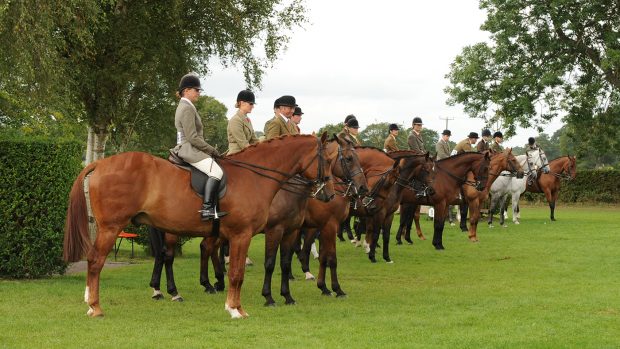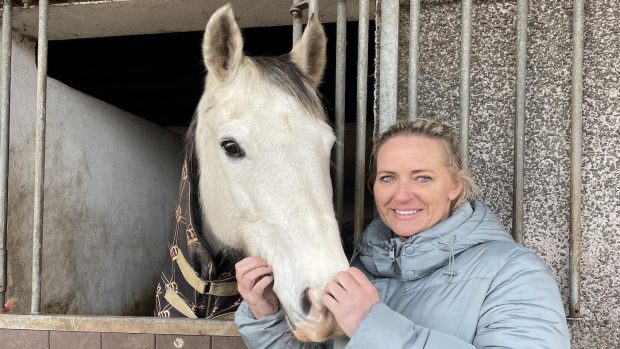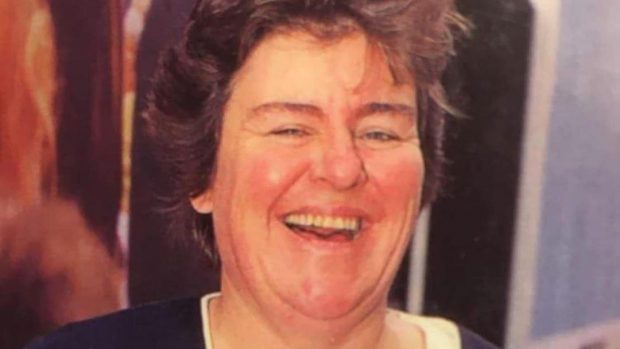Calls for the Irish draught (ID) world to unite have been renewed following the publication of a new study on the breed that has highlighted serious conformation weaknesses developing.
In the study, by University of Limerick student Elaine Breen, four ID experts examined photographs of a group of 207 mares and stallions divided into 10-year age categories.
Finer heads in stallions, greater muscle-mass in the neck of mares and improvement to the line of the back were all reported. But, possibly in the quest for producing more athletic IDs, upright pasterns, “back at the knee” conformation, a decrease in bone and longer cannon bones were big negatives reported.
“Substance of legs and short cannon bones are considered defining characteristics…the results imply that the present population of IDs do not comply with the breed standard,” Miss Breen concluded.
One startling revelation was that the point at which the head joins the neck had became significantly thicker over time.
“This can limit the horse’s air intake and have a negative effect on performance,” said Breen.
The research was funded by the Royal Dublin Society (RDS), which also backed a 2007 study on the breed — the Kearney Report. Both recommended the implementation of a sustainable breeding plan.
But this has not yet been addressed because deep, long-running divisions within the ID world continue to prevent progress in addressing the problems facing Ireland’s endangered native breed.
Ireland’s governing body of equestrianism, Horse Sport Ireland (HSI), has controlled the Irish Draught Studbook since taking over the Irish Horse Board and is charged with implementing a breeding plan.
But HSI chief executive Damian McDonald said “wrangling among breeders” was hindering progress.
“We are committed to developing a sustainable breeding policy for the Irish draught, and are looking at ways to give breeders a greater input into breeding policy,” he added.
The Irish Draught Horse Society (IDHS) is not yet recognised by HSI, and JP Finnegan, the society’s rare breeds representative, called for “engagement” of the two, “sooner rather than later”.
Breen also underlined the urgent need for change from the traditional method of judging — which relies to a large extent on the judge’s eye. It suggests the more scientific “linear” method of 25-point scoring — used by judges on the Continent.
Last year, the RDS, with the Irish Department of Agriculture, Fisheries and Food, established a registered-ID genetic conservation programme. One of its first successes is the freezing of semen from US-based stallion Touch Of The Blues.
This news story was first published in Horse & Hound (29 January, ’09)




